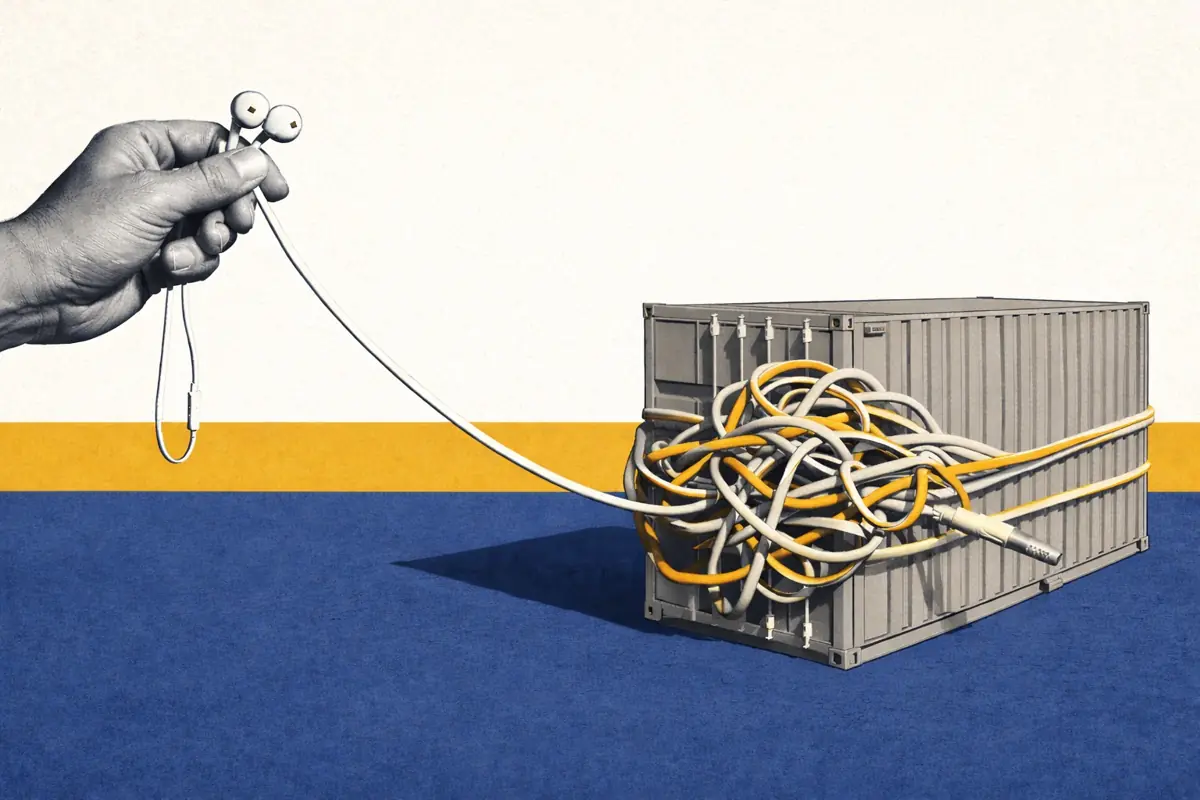CAISO: How the Extended Day-Ahead Market will function
More than half of California’s generation fuel mix now comes from renewable sources, with the growth of intermittent generation leading this shift. Though CAISO’s rapid deployment of battery energy storage has happened alongside this increase, this achievement still introduces a new set of operational challenges.
The Western grid faces growing forecast uncertainty as renewable penetration increases. Intermittent generation sources like wind and solar have to be forecasted ahead of operations, just like demand. The variability of hydro generation resources during drought years adds to this challenge of supply variability.
The presence of batteries goes a long way to resolving this concern with their ability to rapidly respond to system imbalances. However, centralizing day-ahead markets across the Western Interconnection - is another useful solution.
A centralized trading network that streamlines imports and exports between neighboring regions enhances system reliability.
Two competing solutions have emerged to implement a centralized Day-Ahead Market in the Western Interconnection: CAISO’s Extended Day-Ahead Market (EDAM) and SPP’s Markets+. Both promise to bolster flexible reserves through increased market coordination.
This article focuses on CAISO's EDAM - covering everything battery stakeholders need to know about:
- how the revenue stack for BESS will change,
- the EDAM’s timeline, scale, participating entities, and participation rules,
- how trading barriers will be reduced,
- why renewable curtailment will likely decrease - and what that means for both standalone and colocated BESS,
- and what changes to expect in requirements and pricing for reserve Ancillary Services.
Contact the US Research team at brandt@modoenergy.com or rue@modoenergy.com with questions. To learn more about subscribing to Modo Energy’s research, click here.
What is the EDAM?
The EDAM is the first inter-regional effort in the West to centralize the balancing of demand and supply in the Day-Ahead Market across multiple balancing authorities.
It builds on the success and infrastructure of the Real-Time Market, centralized in 2014 with the formation of Western Energy Imbalance Market (WEIM).
CAISO will clear the following markets:
Already a subscriber?
Log in







